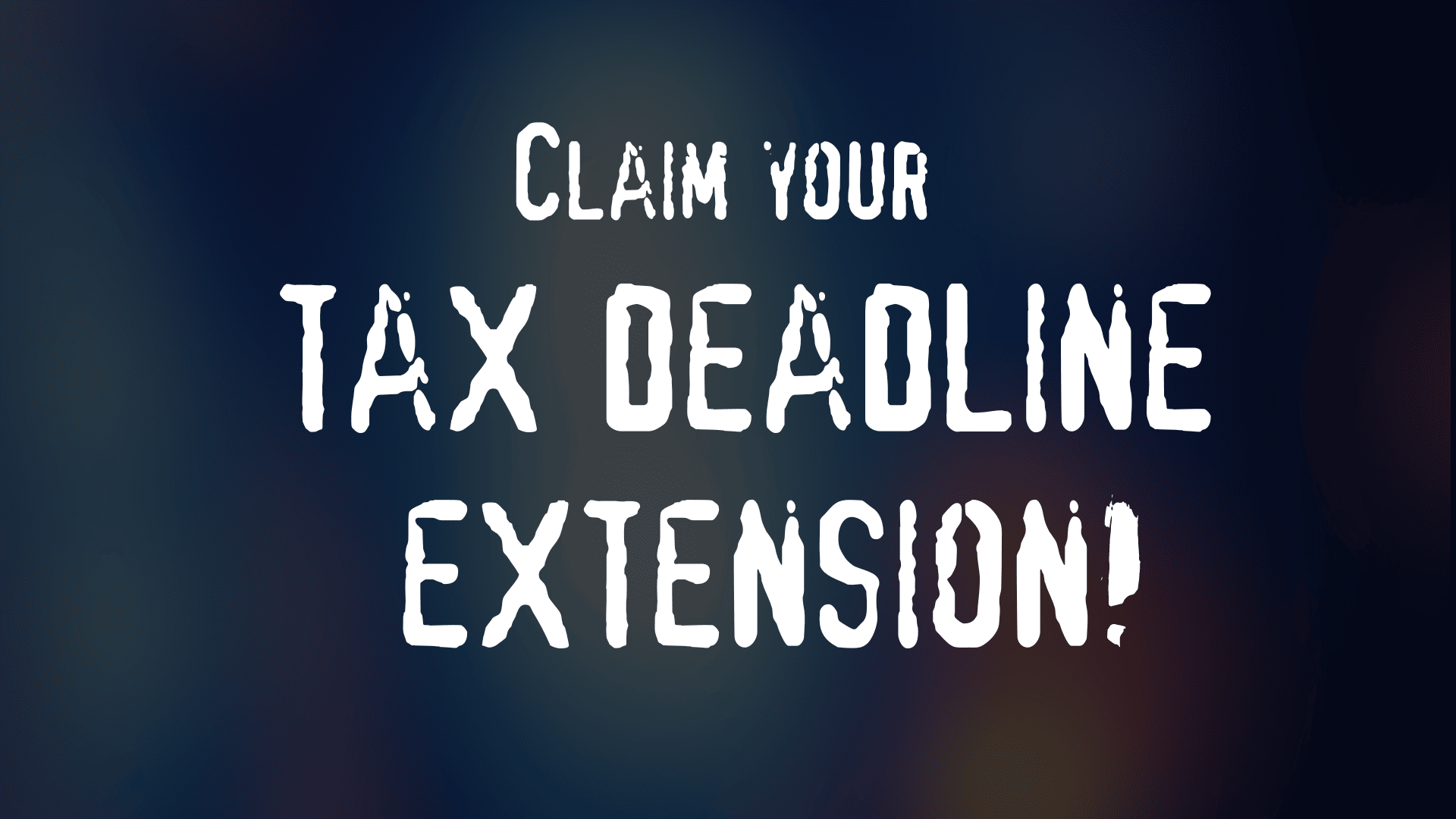Providing perks as well as pay is a strategy that many employers use to retain valuable employees and build a positive workplace culture. Popular salary add-ons include use of a vehicle, gym membership, health insurance and life insurance.
When you provide employment benefits like these, it’s likely you’ll need to pay fringe benefit tax (FBT) to Inland Revenue. Forgetting or not realising you need to pay FBT can be an expensive exercise, because you can be charged for the tax you’ve missed plus penalties.
The best approach to FBT is to have a clear picture of what it is, what it applies to, how it’s calculated and when it needs to be paid.
What is Fringe Benefit Tax (FBT) in NZ?
Fringe benefits are additions to employee compensation. ‘Perks’ is another word for fringe benefits. In New Zealand, these nice-to-have-extras require the payment of FBT. Here are the five categories of taxable perks:
1 – A vehicle provided by your business for an employee’s private use. To quote Inland Revenue: “A motor vehicle fringe benefit arises when an employer makes a motor vehicle available to an employee for their private use, in connection with the employment relationship.” You are liable to pay FBT even if the employee doesn’t actually use the vehicle.
2 – Goods or services provided to an employee as part of their remuneration package. These could be fully-subsidised or discounted. Examples include a mobile phone and public transport passes. FBT also applies if you provide employees with goods or services your company makes or provides for less than the usual retail price.
3 – Low interest loans. If you give an employee a loan at less than the prescribed or market rate of interest, and this loan is not available to the public, you’ll need to pay FBT.
4 – Financial products like superannuation schemes and life insurance policies. The full list from Inland Revenue includes:
- sickness, accident or death benefit fund
- life, pension, personal accident or sickness (health) insurance policy
- friendly society insurance fund superannuation scheme where employer superannuation contribution tax (ESCT) does not apply
- funeral trust
5 – Entertainment perks. For example, if you give an employee a restaurant gift voucher to spend at any time they like, FBT will apply.
When does FBT not apply?
FBT doesn’t apply to extra money that’s already taxed through PAYE. For example, cash bonuses and employee allowances. The Inland Revenue website has a quick quiz that helps you to understand the difference between a fringe benefit, an expense and an allowance.
How is FBT calculated?
There’s no easy way to calculate FBT, because it’s determined by the value of the benefit to the employee. The calculations can be complicated when a benefit is part work use and part personal use. As an example, for vehicles FBT is determined by the value of the vehicle and the amount of time it’s available for personal use.
If you have left-brain abilities, you can work out how much tax to pay for each benefit and for each employee. All the formulas are provided by Inland Revenue in their ‘Fringe benefit tax guide’. Otherwise you’ll need help from an accountant or an Afirmo tax expert.
How to register for FBT?
Before you do the Santa Claus thing and start handing out fringe benefits to employees, you need to register for FBT. This is easily done online when you first register as an employer with Inland Revenue. It can also be done at any time later, when you decide to start providing employees with benefits.
If you already provide employees with fringe benefits, you’ll need to back-date your registration. If you decide to stop giving your people fringe benefits, you’ll need to cease your FBT registration. Registering and deregistering are both done in Inland Revenue’s ‘my IR’ portal.
How to do a FBT return?
FBT returns are filed either quarterly, annually or for your income tax year. An accountant, tax expert or Inland Revenue can advise you about which is right for your business.
You can file your FBT return online using IRD’s ‘myIR’ service or by completing a paper return. Here are the Inland Revenue forms for each type
- quarterly (IR420)
- income year (IR421)
- annually (IR422)
How to Pay FBT
As with GST, PAYE and provisional tax, it’s important to pay FBT on time. Usually this is done electronically. When making a payment, remember to include your IRD number, tax type code and the period for the payment. Penalties and interest apply for late or non-payment.
Getting FBT help is easy with Afirmo
FBT is a complicated tax that requires accountant-level understanding to get right.
When you join Afirmo on the Pro or All Access plans, you have access to tax experts who can help you with FBT. Find out more about Afirmo.




